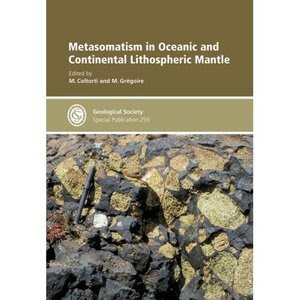
Developments in Marine Geology, Volume 5: Quaternary Coral Reef Systems (History, development processes and controlling factors)
Publisher: Elsevier Science ISBN: 0444532471 edition 2009 PDF 500 pages 11,9 mb
This book presents both state-of-the art knowledge from Recent coral reefs (1.8 million to a few centuries old) gained since the eighties, and introduces geologists, oceanographers and environmentalists to sedimentological and paleoecological studies of an ecosystem encompassing some of the world's richest biodiversity. Scleractinian reefs first appeared about 300 million years ago. Today coral reef systems provide some of the most sensitive gauges of environmental change, expressing the complex interplay of chemical, physical, geological and biological factors. The topics covered will include the evolutionary history of reef systems and some of the main reef builders since the Cenozoic, the effects of biological and environmental forces on the zonation of reef systems and the distribution of reef organisms and on reef community dynamics through time, changes in the geometry, anatomy and stratigraphy of reef bodies and systems in relation to changes in sea level and tectonics, the distribution patterns of sedimentary (framework or detrital) facies in relation to those of biological communities, the modes and rates of reef accretion (progradation, aggradation versus backstepping; coral growth versus reef growth), the hydrodynamic forces controlling water circulation through reef structures and their relationship to early diagenetic processes, the major diagenetic processes affecting reef bodies through time (replacement and diddolution, dolomitization, phosphatogenesis), and the record of climate change by both individual coral colonies and reef systems over the Quaternary.
















